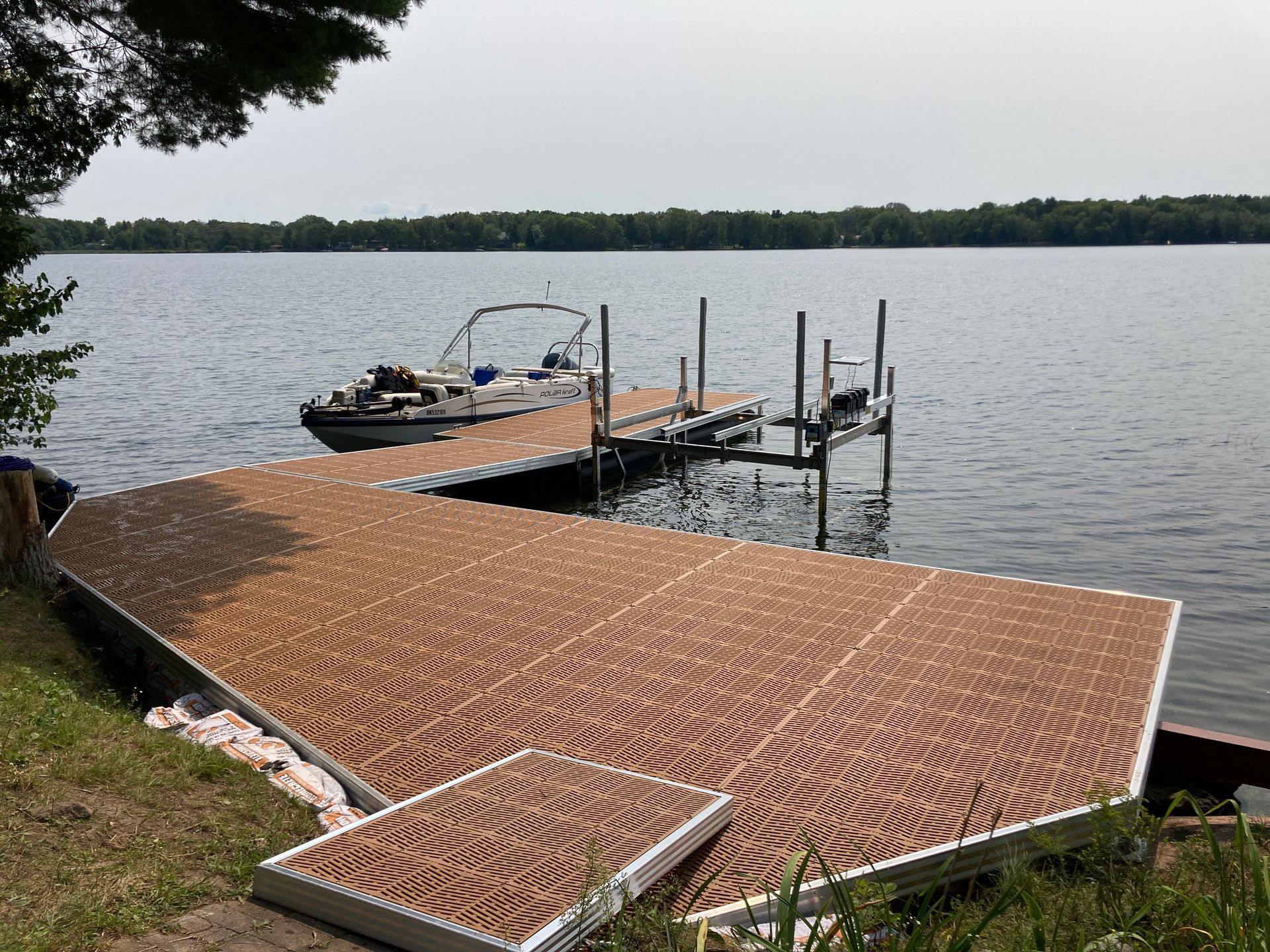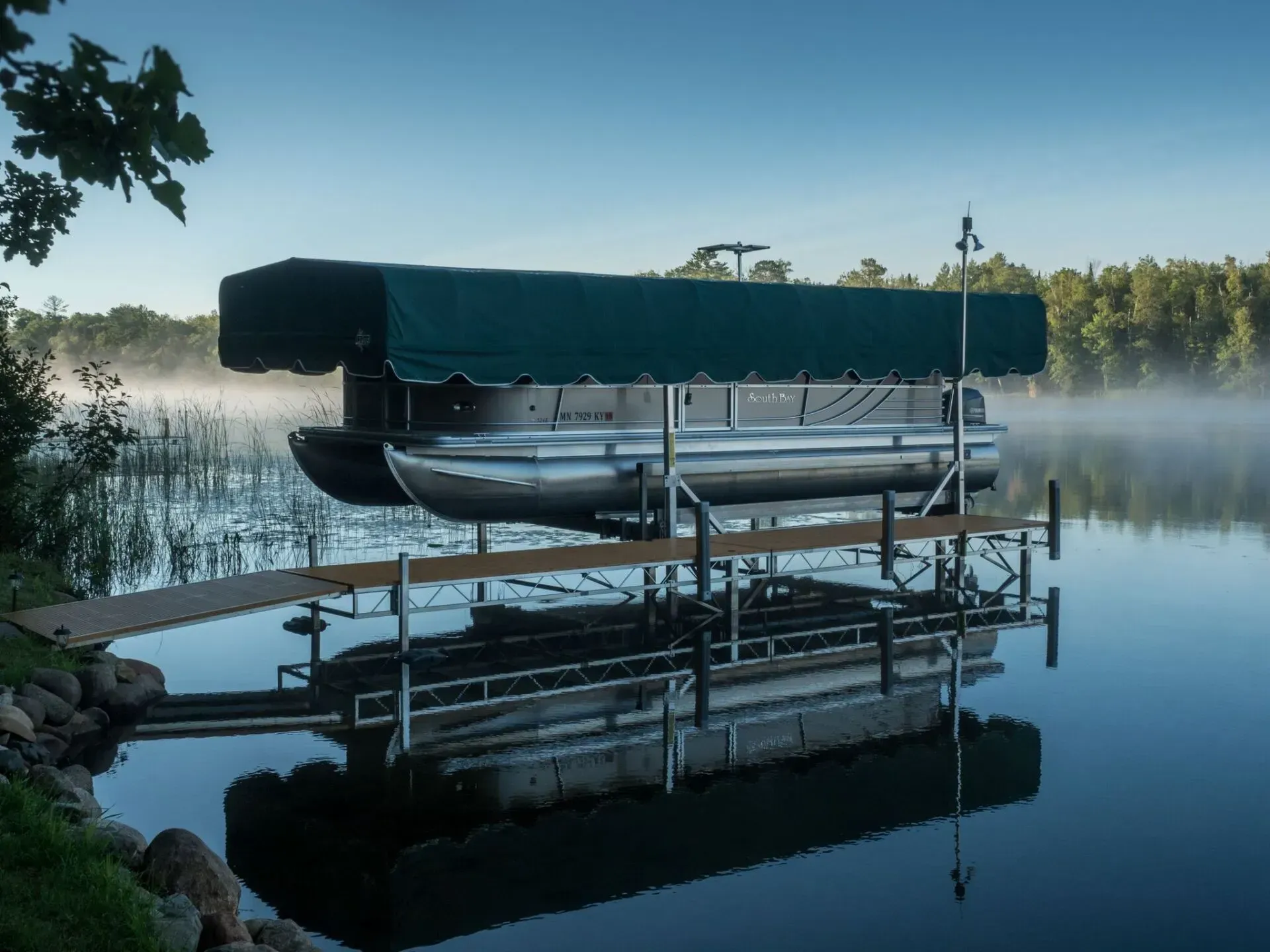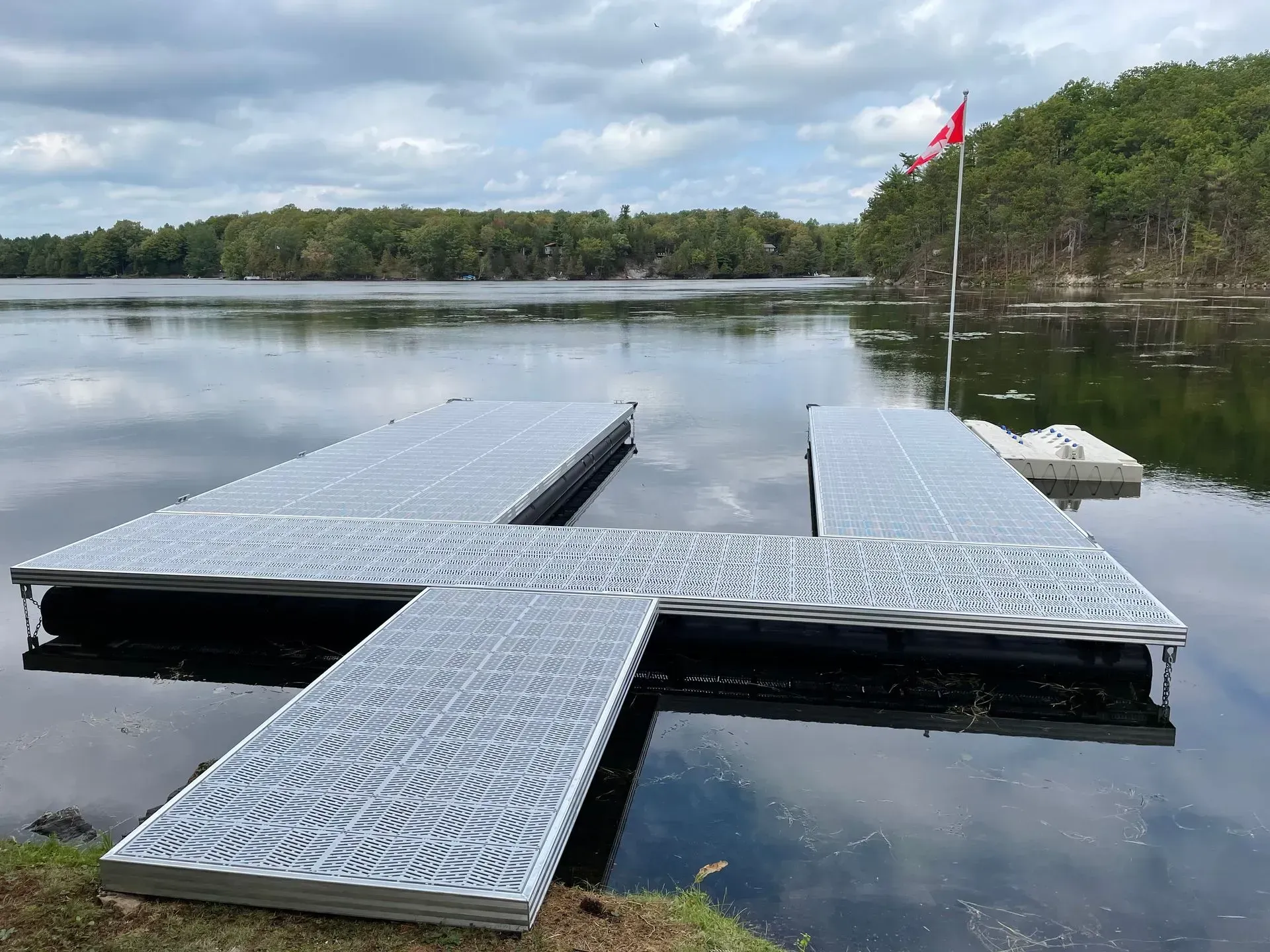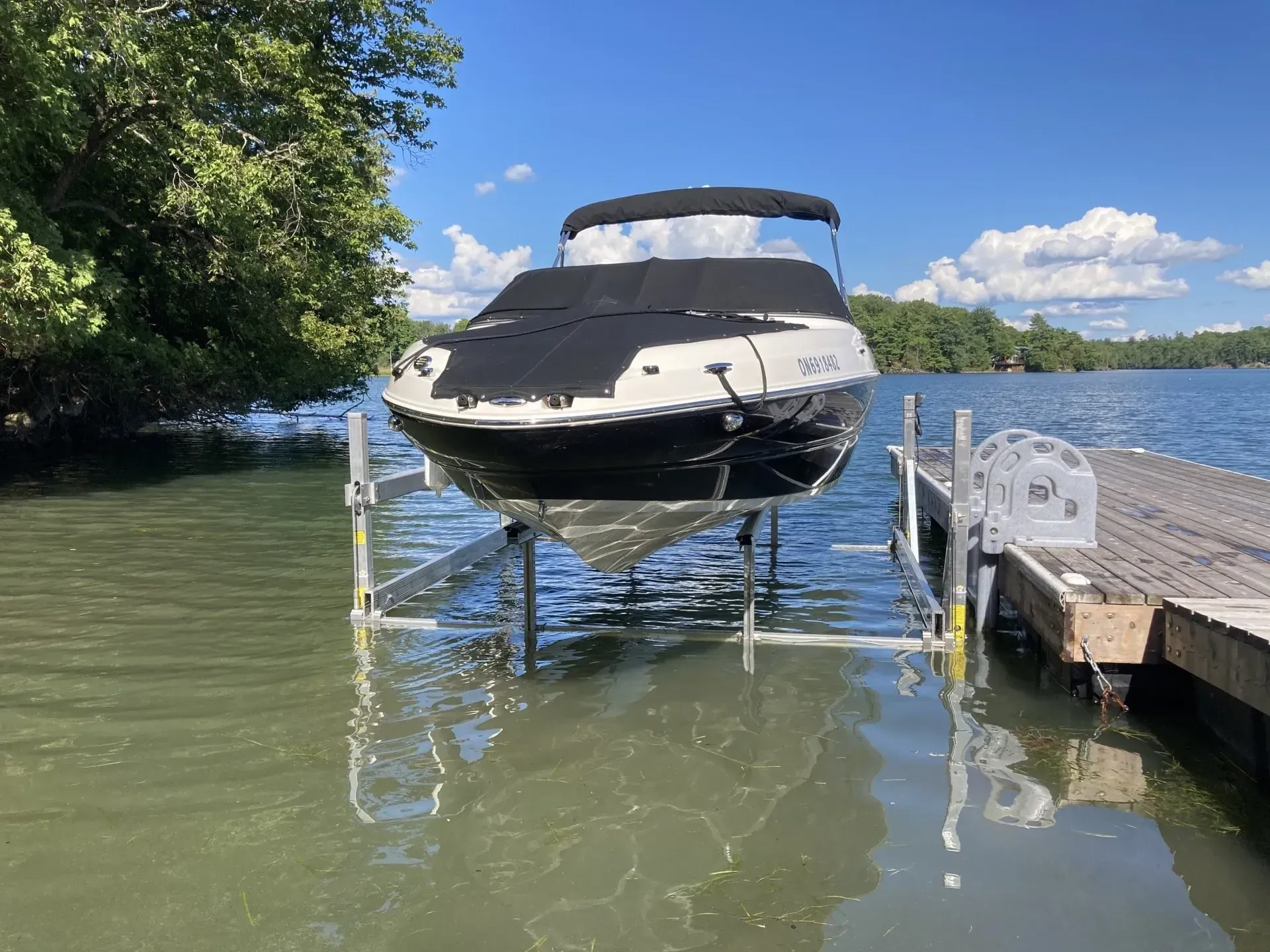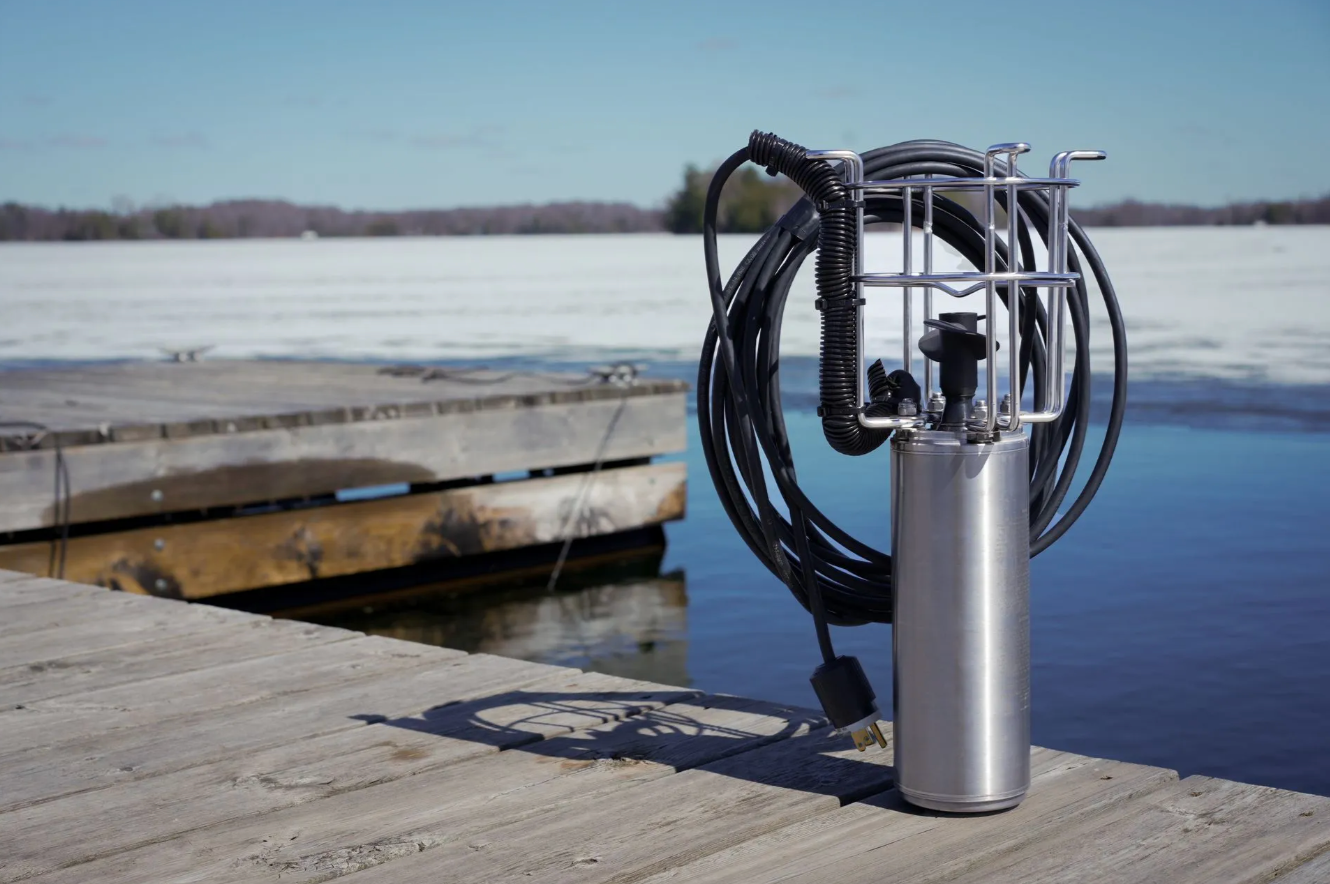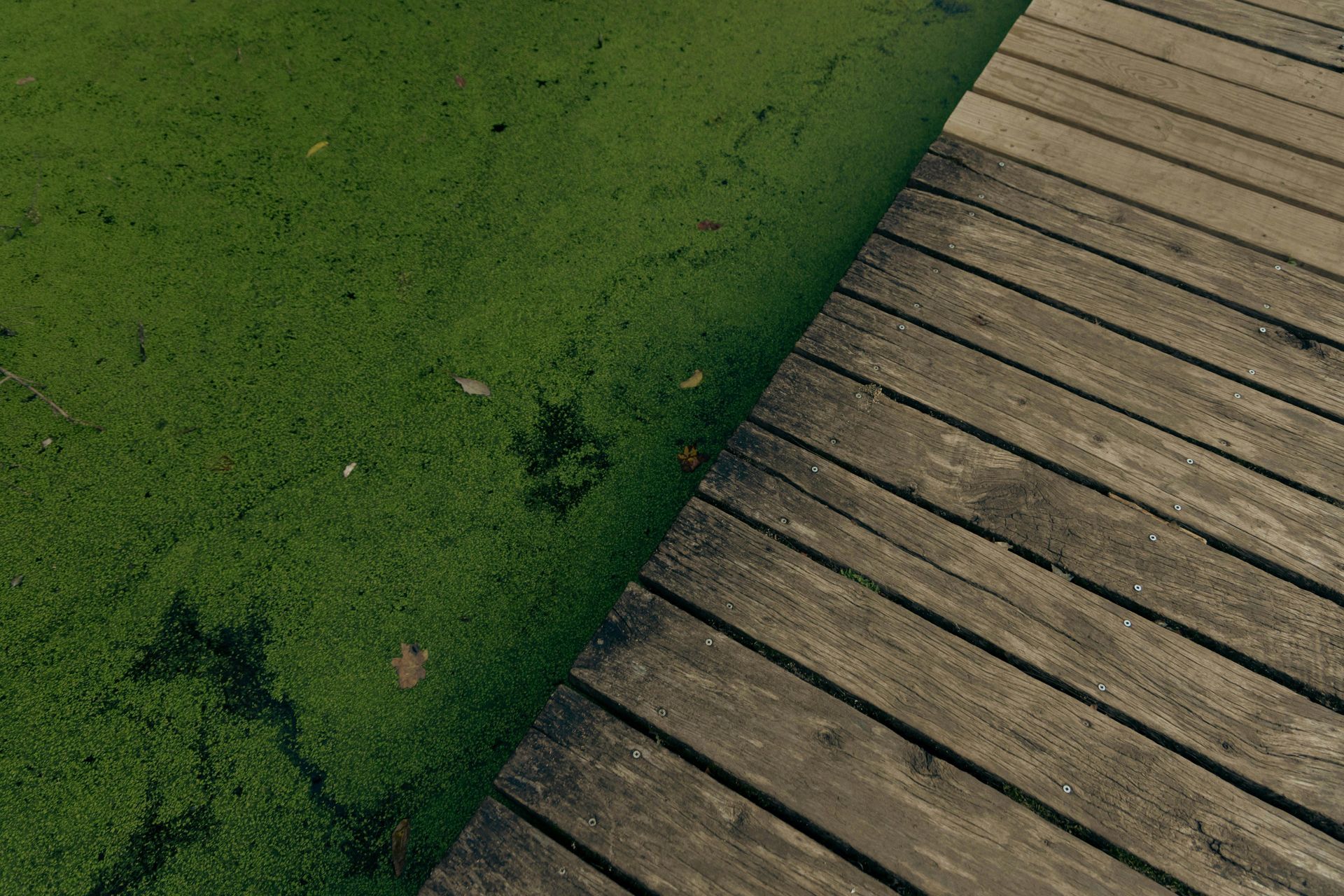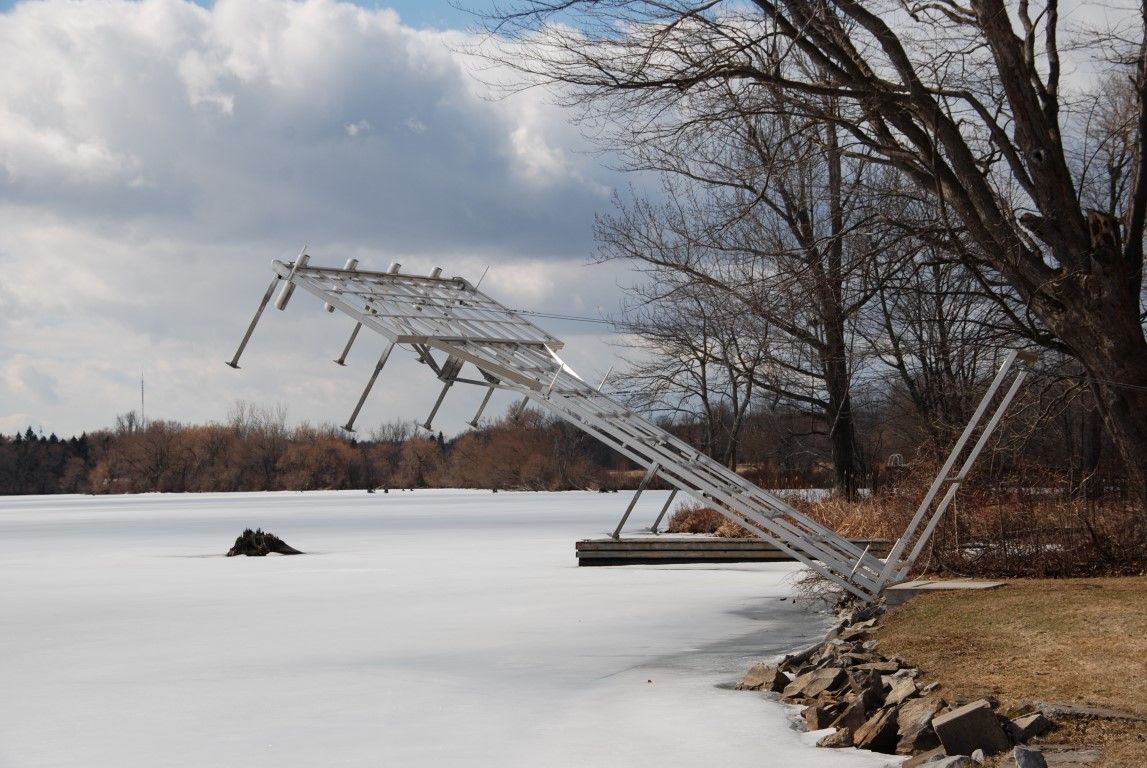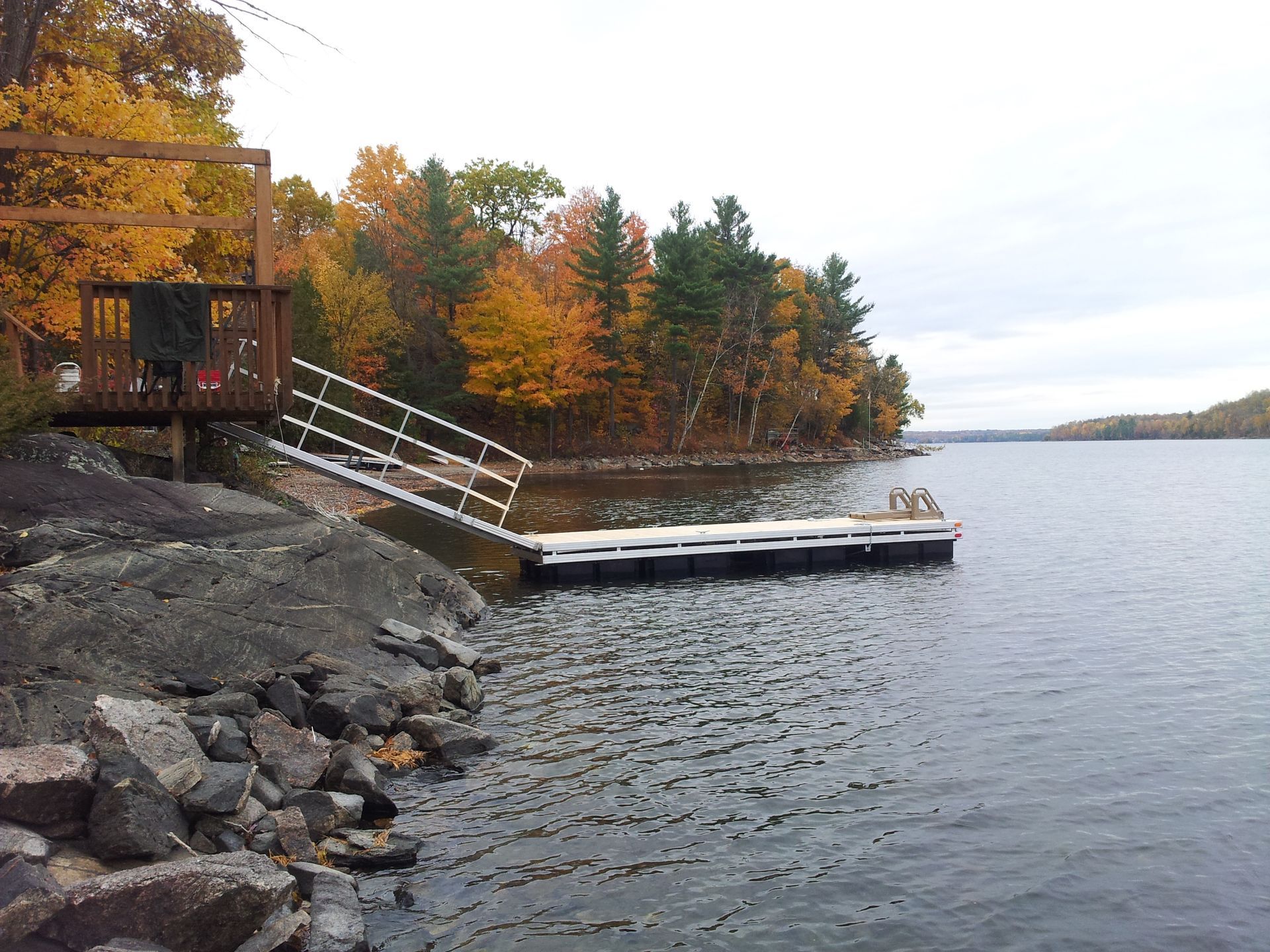Dock Winterization: Floating vs. Fixed Docks- What You Need to Know
As the temperatures drop, your dock faces the same risks as your boat. Ice, shifting water levels, and harsh winds can all take a toll. But not all docks are created equal- floating and fixed docks require different strategies to survive the winter intact.
Here’s what every dock owner should know about winter prep, with practical steps to protect your investment.
Floating Docks: Flexible, but Vulnerable
The Risk: Floating docks are designed to rise and fall with water levels, but when lakes freeze solid, ice pressure can shift or damage them. Anchors and connections are especially at risk.
How to Prep:
- Decide on Removal: In regions with heavy ice, removal is usually the safest choice.
- Check Anchors & Cables: Loosen slightly to account for shifting water levels.
- Clean & Store Accessories: Remove ladders, bumpers, and cleats. Store them indoors or with your dock accessories from
Superior Systems.
Inspect Floats: Look for cracks or leaks before storing to avoid spring surprises.
Fixed or Pipe Docks: Sturdy, but Ice Can Be Brutal
The Risk: Fixed docks- whether wood, pipe, or permanent piles- stay put year-round. They can be damaged by expanding ice sheets or ice shove (movement from wind-driven ice).
How to Prep:
- Seal & Protect: Apply a fresh coat of sealant or stain to protect wooden structures.
- Tighten Connections: Inspect bolts, brackets, and fasteners. Replace any corroded pieces.
- Install a De-Icer: A de-icer helps keep water moving around pilings, preventing ice from forming thick sheets that can twist or break your dock.
- Use a Bubbler System: In harsher climates, bubblers add extra protection by creating constant water circulation.
Universal Winter Prep Tips for All Docks
- Remove Electronics & Extras: Solar lights, ladders, and power pedestals should be stored safely.
- Inspect & Document: Take photos before winter. They help spot new damage in spring and can support insurance claims.
- Safety First: Never work alone when removing or adjusting docks- wet, icy conditions are dangerous.
Dock Winterization Timeline
- Late Fall: Begin prep before temperatures consistently dip below freezing.
- Pre-Ice Formation: Remove or secure accessories, check anchors, and set up de-icers.
- Spring Prep: Inspect, clean, and reattach everything once ice is fully gone.
External Resources for Dock Owners
Why Proper Dock Care Matters
Ignoring winter prep can lead to cracked piles, broken decking, and expensive replacements. Protecting your dock now ensures that when summer rolls around, you can head straight to the water without costly delays.
Whether you own a floating dock or a fixed dock, winterization is essential. The right steps today—like adding a
de-icer or removing accessories—can save thousands in repairs tomorrow. Protect your dock now and enjoy peace of mind all winter long.
